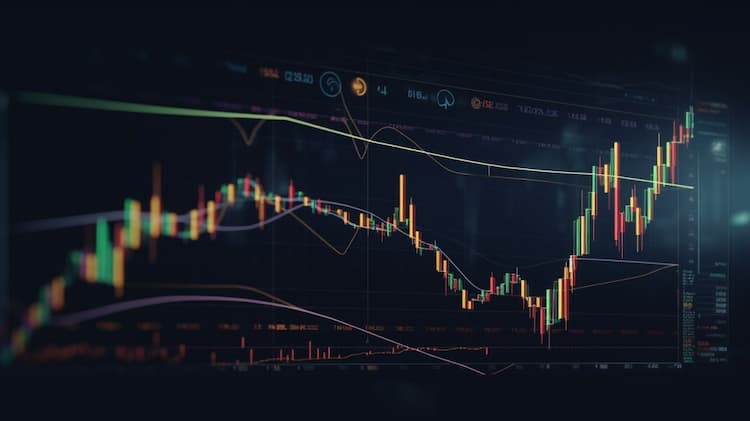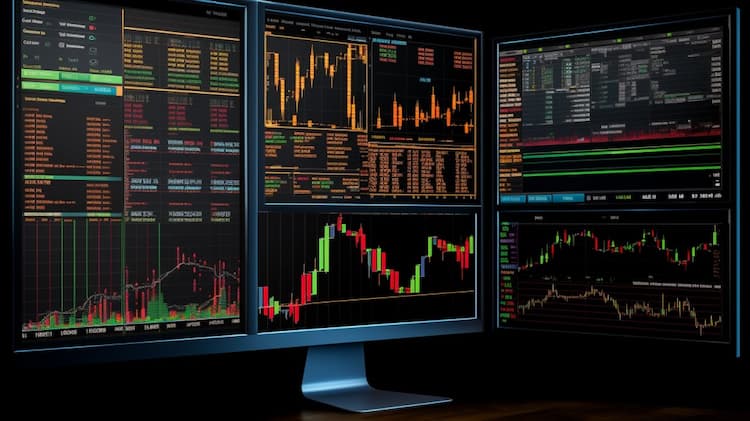
IHF VS XLV
Exchange-Traded Funds (ETFs) have become an integral part of modern investment portfolios, offering diversified exposure across various sectors and asset classes. In this article, we will conduct a comprehensive comparison between two prominent ETFs: IHF (iShares U.S. Healthcare Providers ETF) and XLV (Health Care Select Sector SPDR Fund). We'll delve into various aspects including ETF tickers, full names, issuers, sectors, top holdings, capitalization, strategy, tracking, and exposure.
IHF VS XLV: Overview
IHF and XLV are two ETFs that focus on the healthcare sector but have different investment strategies and goals. IHF seeks to track the performance of U.S. healthcare providers, including health insurance and medical facilities, while XLV aims to replicate the performance of the entire U.S. healthcare sector. This difference in focus results in distinct exposures and risk profiles, which we will explore in the following sections.
IHF VS XLV: ETF Tickers and Full Names
Understanding the tickers and full names of these ETFs is crucial for investors, as it allows for easy identification and research. IHF's ticker is self-explanatory, representing its focus on healthcare providers, while XLV's ticker may not immediately indicate its focus on the broader healthcare sector. Knowing these details is the first step in making informed investment decisions.
 IHF overlap IHF VS XLV
IHF overlap IHF VS XLV
IHF VS XLV: ETF Issuers
Both IHF and XLV are issued by reputable financial institutions. IHF is part of the iShares family of ETFs, which is managed by BlackRock, one of the world's largest asset management firms. On the other hand, XLV is managed by State Street Global Advisors, another major player in the ETF industry. Understanding the issuers provides insight into the ETF's credibility and management expertise.
IHF VS XLV: ETF Sectors and Top Holdings
While both IHF and XLV are healthcare-focused ETFs, their sector exposure and top holdings differ significantly. IHF primarily invests in healthcare providers, including insurance companies like UnitedHealth Group and medical facilities like HCA Healthcare. In contrast, XLV encompasses the entire healthcare sector, with top holdings in pharmaceutical giants like Johnson & Johnson and healthcare equipment companies like Abbott Laboratories. Analyzing these sectors and top holdings can help investors align their investment goals with the ETF that best suits their needs.
IHF VS XLV: ETF Capitalization and Strategy
The capitalization and investment strategy of these ETFs play a crucial role in determining their risk and return potential. IHF boasts a substantial asset under management (AUM), signifying its popularity among investors seeking exposure to healthcare providers. XLV, as a sector-focused ETF, captures the performance of a broader range of healthcare companies. Understanding the differences in capitalization and strategy between the two ETFs is essential for investors to make informed decisions based on their risk tolerance and investment objectives.
IHF VS XLV: ETF Tracking and Exposure
IHF aims to provide investors with exposure to U.S. healthcare providers, closely tracking the performance of this specific segment of the healthcare industry. XLV, on the other hand, offers a broader exposure to the entire U.S. healthcare sector, tracking an index that includes pharmaceuticals, biotechnology, and medical equipment companies. Recognizing the nuances in tracking and exposure strategies helps investors choose the ETF that aligns with their investment outlook and preferences.
Conclusion
IHF and XLV are distinct ETFs, each offering a specialized approach to investing in the healthcare sector. To gain deeper insights into the holdings, correlations, overlaps, and various aspects of these ETFs and other financial instruments, ETF insider is the ultimate tool. With its user-friendly app, it provides extensive information that can assist investors in making well-informed investment decisions.
Disclaimer: This article does not provide any investment advisory services. It is important to conduct thorough research and consult with a financial advisor before making any investment decisions.
IHF ETF issuer
IHF ETF official page
XLV quote and analysis
Discover the top holdings, correlations, and overlaps of ETFs using our visualization tool.
Our app allows you to build and track your portfolio.
To learn more about the XLV Health Care Select Sector SPDR Fund, access our dedicated page now.





